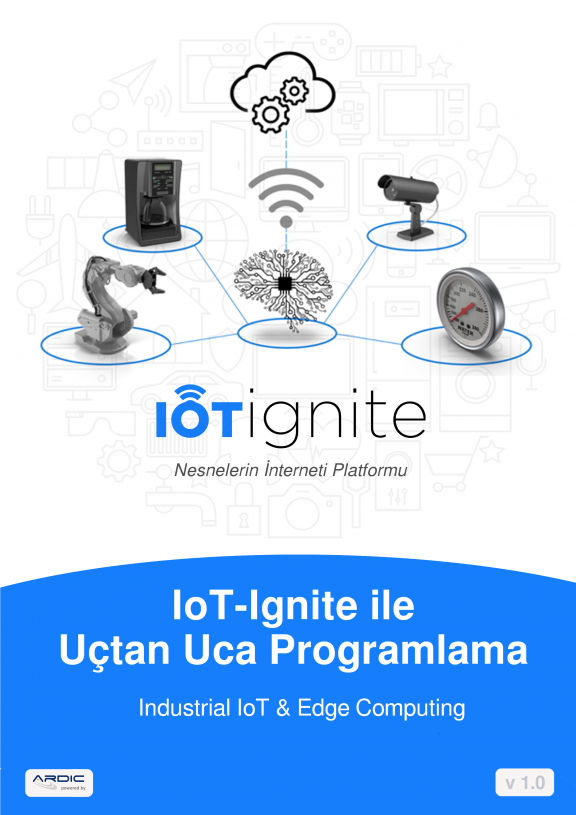IoT-Ignite Services Authentication
OAuth2 and IoT-Ignite Services The OAuth 2.0 authorization framework enables a third-party application to obtain limited access to an HTTP...
Getting Sensor Data
Getting Sensor Data IoT-Ignite provides REST APIs to get latest or historical sensor data for using in web services or...
Using IoT-Ignite MQTT Client
Using IoT-Ignite MQTT Client MQTT stands for MQ Telemetry Transport. It is a publish/subscribe, extremely simple and lightweight messaging protocol,...
Getting Sensor Data with Websocket
Getting Sensor Data with Websocket The HTML5 WebSockets specification defines an API that enables web pages to use the WebSockets...
Using IoT-Ignite MQTT Client Library
Using IoT-Ignite MQTT Client Library MQ Telemetry Transport, or MQTT, is a messaging protocol that is gaining popularity as a...
Calling REST Service as an Action in IoT-Ignite Rule
Calling REST Service as an Action in IoT-Ignite Rule Creating A Rule with REST action In this document, we will...
IoT-Ignite Rule Editor
IoT-Ignite Rule Editor IoT-Ignite Rule Editor is a drag&drop tool to create rules on the data obtained from gateways. These...
Gateway Container – Mode
Gateway Container – Mode In IoT-Ignite we name gateway containers as mode. Mode is a container that includes policies, applications, files,...
Sensor Data Configurations
Sensor Data Configurations Gateways powered by Ignite Agent do not send sensor data until the sensors registered to gateways have...
Rule Actions Using External Services
Rule Actions Using External Services IoT-Ignite rules may have actions that call external services. Built-in rule actions using external services in IoT-Ignite...






